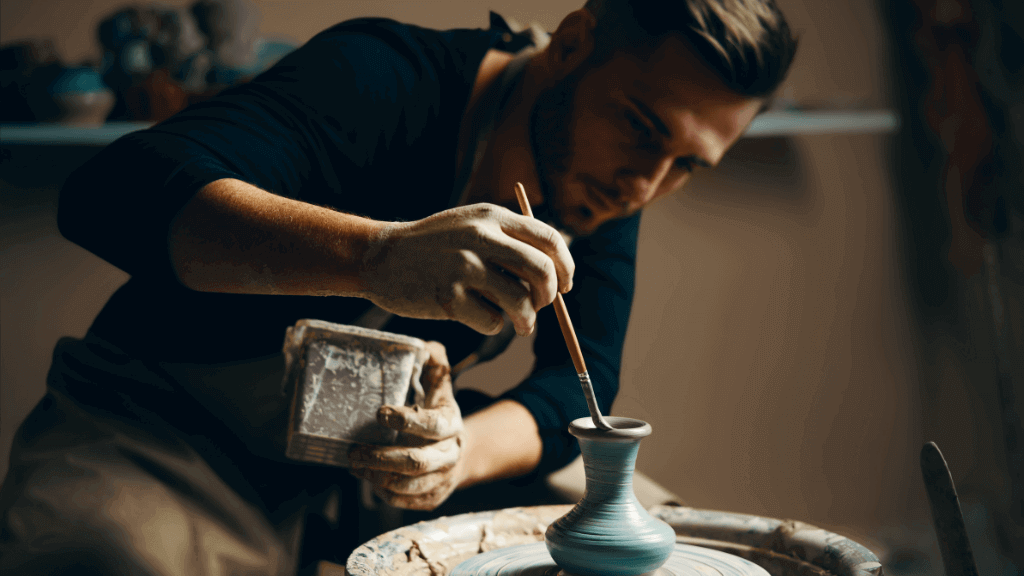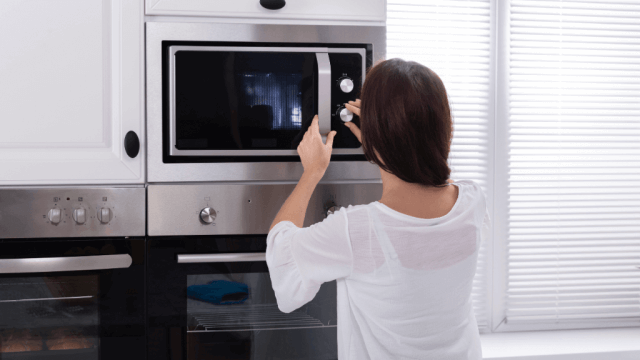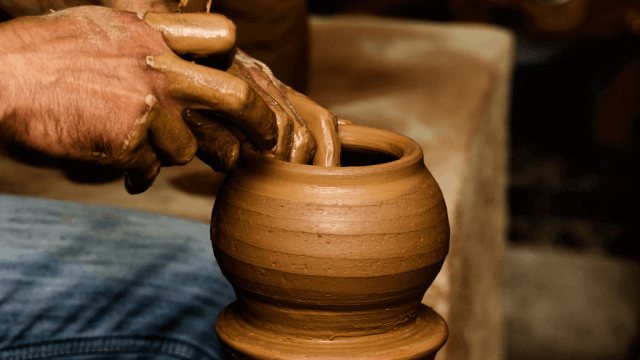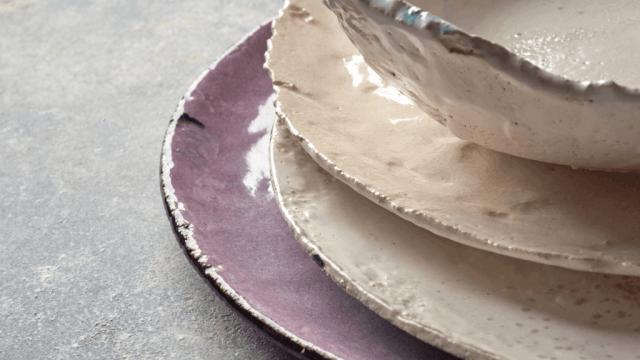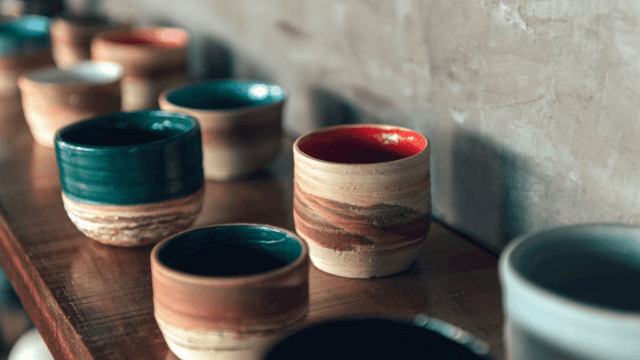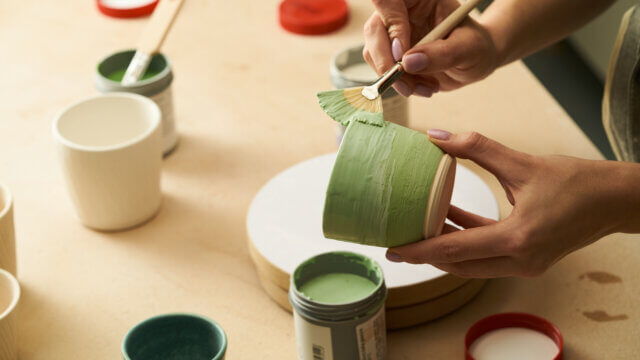Most handmade pottery is safe to put in the microwave, as long as it is glazed and does not contain any reflective metallic decorations 1 2 3. Un-glazed pottery should not be microwaved, as it can cause temperature shock and may lead to damage 4 5.
Are Pottery Mugs Microwave Safe?
Most pottery mugs are microwave safe, but it is recommended to check for a “microwave-safe” label before heating them up.
Stoneware and porcelain are especially safe for microwaving.
Can Glazed Pottery Be Microwaved?
Most pottery is microwave safe, but it depends on the type of clay and glaze used.
If the pottery is not glazed, it should not be microwaved. Handmade ceramics are usually safe to put in the microwave as long as the glaze is non-toxic and suitable for use.
The only way to be sure is to test each piece in the microwave by filling it with water and zapping it for 30 seconds at a time.
Can You Microwave Pottery Bowls?
Most pottery is microwave safe, but it is important to check for a “microwave-safe” label before heating it up.
Handmade ceramics are usually safe to put in the microwave, as long as the glaze is non-toxic and suitable for use.
Modern manufacturers produce ceramic plates and bowls that can be microwaved safely.
Does The Pottery Become Hot In The Microwave?
One essential factor to consider when microwaving pottery is how the pottery itself responds to heat. Microwave-safe pottery should get hot in the same way your food does – uniformly.
If you find that the pottery is heating faster or hotter than the contents it contains, this is an indication that the pottery is not microwave safe.
Some types of clay, like earthenware, are more porous and tend to absorb microwave radiation more readily.
This absorption can cause the pottery to heat unevenly or excessively and potentially become damaged or even dangerous.
Therefore, earthenware should be used with caution in microwaves.
Is Metallic Paint On Pottery Microwave Safe?
If you notice that your pottery has metallic paint or a metallic glaze, it’s essential to avoid microwaving it.
Metals reflect microwaves, which can cause sparks or even fires. While the metallic elements used in pottery glazes are typically safe for food contact, they can cause significant problems in a microwave.
A rule of thumb is to look at your pottery. If it shines or shimmers in a metallic way, it’s likely not safe for microwave use.
How To Test If Your Pottery Is Microwave Safe?
If you are uncertain whether your pottery is microwave safe, there’s a simple test you can do at home.
This should not be used for items that are clearly not microwave-safe, like pottery with metallic paint.
Here’s the test:
- Fill a microwave-safe glass cup with water.
- Place the cup of water on or in your pottery. If it’s a plate, you can set the cup on top. If it’s a mug or bowl, place the cup inside.
- Microwave on high for one minute.
- After a minute, carefully touch the water and the pottery. If both are warm, the pottery is likely safe for microwaving. If the pottery is hotter than the water, it is not microwave safe.
Remember to use caution when touching potentially hot items!
In Conclusion
The majority of pottery, including mugs, bowls, and dishes, can safely be used in a microwave, given they are properly glazed and devoid of any metallic decoration.
However, always look for a “microwave safe” label to confirm.
If you’re uncertain, it’s best to avoid microwaving to maintain the longevity of your pottery and, more importantly, to ensure your safety.
Remember, when in doubt, leave it out!
